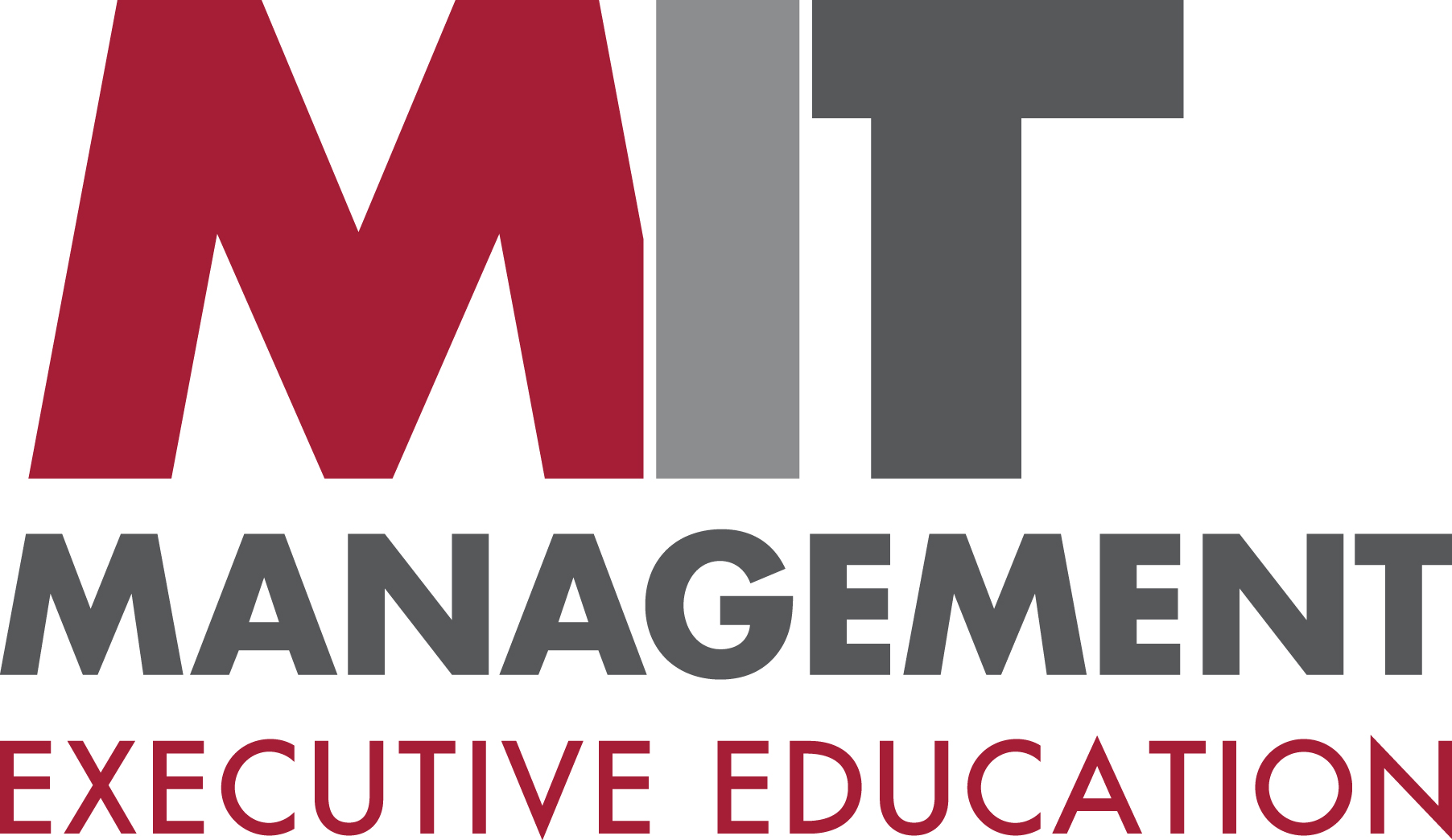- Learning
Pivoting to Live Online Executive Courses
How MIT Sloan Executive Education is jumping the digital learning curve to forge a whole new path for participant engagement and program delivery
Traditionally, March to June is a busy time for business schools. Thousands of new, high-potential, and senior leaders attend hundreds of two-day to week-long open enrolment executive programs, on campus, often travelling in from around the world. Now, with campus-based learning greatly curtailed, leading business schools are rising to the challenge by pivoting to reimagine the delivery model and restructure on-campus courses to self-paced and live online classes.
MIT Sloan Executive Education, offers a great example. Back in early March, the School was preparing for more than 600 participants to its pre-summer on-campus courses—the disruption when it came was sudden. But they had had some experience.
In 2013, when Hurricane Sandy prevented numerous participants from attending class on campus, the executive education team reacted quickly and launched a new technology platform that connected remote participants to the live classroom by virtue of avatars and a collaborative, ‘4D’ environment. This hybridization of the online and offline experience was a first in executive education at the time.
The MIT Sloan Office of Executive Education has also employed the use of telepresence robotics units for several years, enabling employees working flexible schedules to attend meetings by way of a roaming tablet interface. The robots have also been used by program participants who could not otherwise attend due to disabilities or travel restrictions.
Of course, the extreme nature of the current crisis meant that the most significant digital transformation to date would be required of administrators and of faculty in order to keep courses running.
……………………………………………………………………………………………………………
Learn more about MIT Sloan Executive Education's live online courses here
……………………………………………………………………………………………………………
“While in many ways we were well-positioned for a transition to virtual learning, there was obviously a lot to do in a very short period of time,” says Kate Anderson, senior director at MIT Sloan Executive Education. “We wanted to make sure we could provide a high-quality remote experience that would rival the in-person classroom experience and provide a path forward, not just in the short term, but well into the future. Thousands of executives from around the world count on us each year to help them upskill and prepare them to solve complex business challenges, and we need to be able to ensure they can continue to progress. Perhaps now more than ever.”
Tapping into MIT’s spirit of experimentation
The team moved quickly to adapt short courses taking place in March and April for a live online experience using the Zoom platform. They let participants know that while there were still many unknowns to be addressed, they were welcome to participate in the experiment.
There is something both creative and disciplined about the process. It's causing me to rethink how ideas can make an impact in uniquely different ways, and that's been a beautiful experience
“As the outbreak worsened and the dates drew closer, I received a notification from MIT that both courses I had enrolled in were pivoting to a remote format,” says James Goodnow, CEO of the law firm Fennemore Craig. “The school asked us if we would be interested in attending live online versions of the programs, utilizing Zoom. I was all-in.”
Despite working 18-hour days as he and his colleagues navigated the current crisis, James wanted to find time to continue his professional development. But with the new format, he wasn’t sure that to expect.
“Communication and Persuasion in the Digital Age was first up, and it was actually the very first MIT Sloan Executive Education course to be presented in this format, so several members of the MIT staff were on the line, observing. Honestly, I thought it was great! Much better than expected.” James says the Zoom platform replicated the classroom experience well, providing ample give-and-take and enabling breakout sessions, where participants were divided into small groups for closer interaction.
“In some ways, the online experience was perhaps better than an in-person experience, in particular for this communication course, which I enrolled in specifically to become a better communicator online. I wanted to learn how to be more effective through tech, Slack, email, and video conferencing. Having the course conducted online forced that issue and made the learning highly relevant.”
James also noted other aspects of the format that worked particularly well. “For example, you can see everyone’s face. You’re able to read the room very effectively. We had immediate access to documents and materials that faculty could send through the chat box.” He subsequently completed a second live online course, a two-day program on platform strategy in which several additional collaborative features were used to handle mathematical equations and group work.
“Despite my initial scepticism, many of these features aided the collaboration significantly,” says James. He also added that the online platform made networking not only feasible, but easy to do. “On the second day of Platform Strategy, we all went around and talked about who we are we and what we do, and we picked those threads back up in the breakout sessions. We bonded around the virus situation. The format was conducive to networking in ways I never thought possible.”
Jumping the curve
While the team at MIT Sloan Executive Education was certainly focused on the participant experience, they also had to ensure the MIT faculty were willing, able, and properly resourced to make the leap to a live online platform.
MIT Sloan Senior Lecturer Hal Gregersen was one of the many faculty members up for the challenge, conducting the April session of his two-day course Innovator's DNA: Mastering Five Skills for Innovative Disruption while sheltering in place.
“Changing in-person courses to ‘live online’ sessions has been a Herculean effort by so many here,” wrote Gregersen in a post about his experience on LinkedIn. “I would not have said that I'm grateful for the chance a few weeks ago, but as it progresses, I'm ‘all in’ to the experience. There is something both creative and disciplined about the process (and the latter is not my strength). It's causing me to rethink how ideas can make an impact in uniquely different ways, and that's been a beautiful experience.”
MIT Sloan Executive Education is currently transitioning the majority of their June program sessions to live online formats. While the team looks forward to getting to the other side of this crisis, there is a lot to learn and to be gained while forging a new path for participants and faculty.
“The entire exec ed team is on board—everyone is pitching in and pulling it off,” says Anderson. “We were already pointed in the direction of developing blended and synchronous online learning experiences that could complement our portfolio of on-campus and asynchronous online programs—in particular so that we could meet the needs of participants who might require disability accommodations or are faced with travel restrictions—but by no means had we planned to accelerate overnight. We’re jumping the curve—and landing perhaps on an entirely different one, which we're very excited and optimistic about.”
MIT Sloan is uniquely positioned at the intersection of technology and business practice, and participants in our programs gain access to MIT’s distinctive blend of intellectual capital and practical, hands-on learning.
ARTICLES YOU MIGHT LIKE
VIEWPOINT
For Thomas Misslin, transformation rather than training is the aim of executive education at emlyon business school
DEVELOPING LEADERS QUARTERLY MAGAZINE AND WEEKLY BRIEFING EMAILS


































